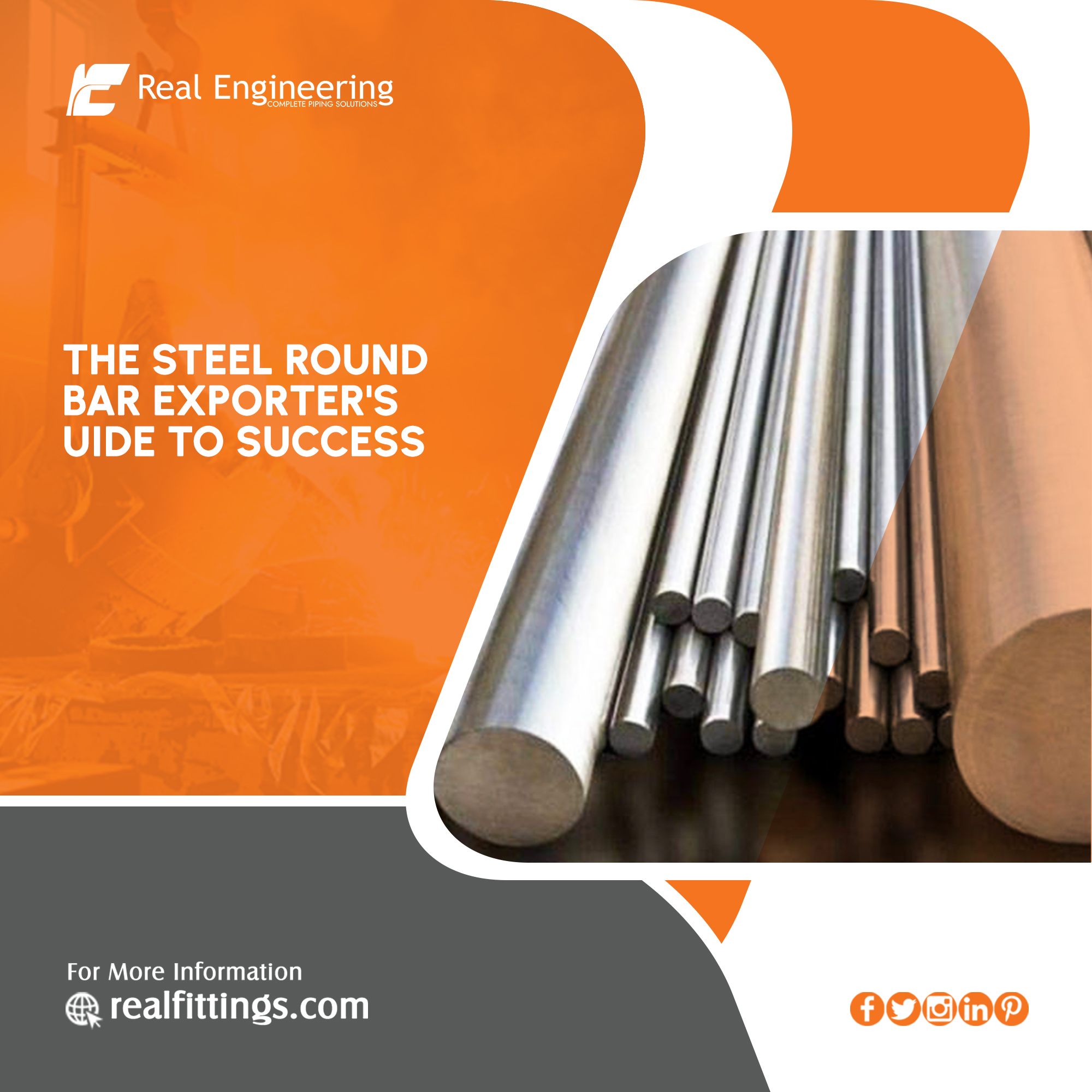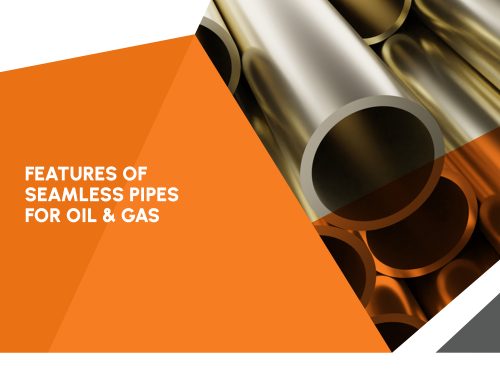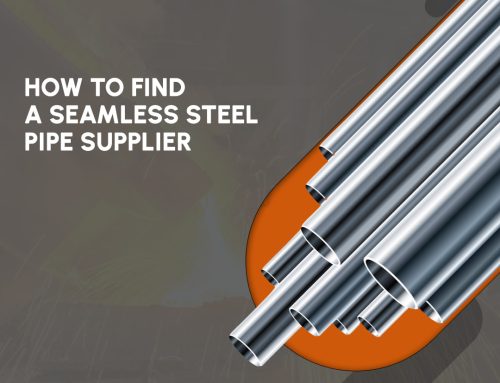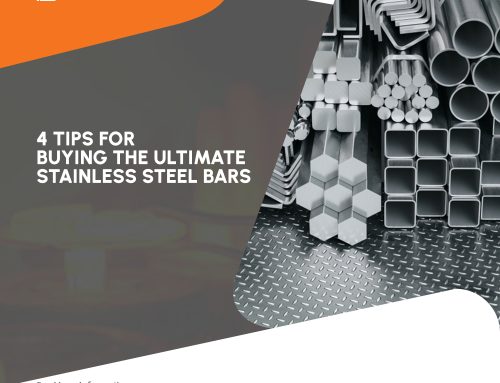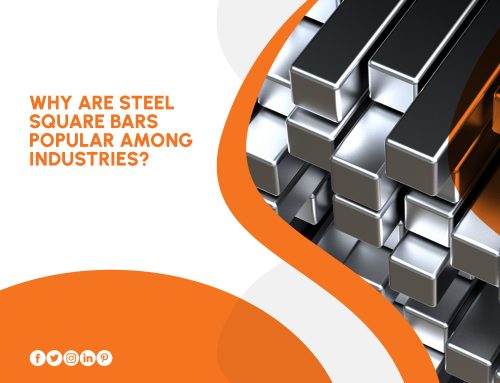The global steel market has been in a state of contraction for the past couple of years. The World Steel Association (WSA) estimates that the global steel demand will fall by 3.9% this year and another 3.5% in 2019.
However, this does not mean that it is the end of the road for anyone interested in pursuing a career in steel manufacturing or exporting. The market is cyclical, and there are opportunities within every recession — especially if you know where to look and what to do.
Who Are Your Buyers?
There are a variety of Stainless Steel Round Bar Exporters worldwide. Your buyers can be either end users — industries that buy your steel for manufacturing their products — or distributors — agents that purchase your materials for resale to end users. While there are no hard and fast rules when differentiating between the two, there are a few telltale signs that will put you on the right track.
First, new customers willing to buy large amounts at one time are likely distributors. Most end users prefer to purchase smaller quantities or respond to inventory shortages.
On the other hand, distributors generally buy materials in bulk to lower costs and offer their customers a more excellent selection of products. Next, concentrate on potential buyers in your country, or at least in your region.
What Is the Current Price of Steel?
The global steel market is vast, and countless factors will affect prices across all types of steel. The first is the S&P Global Steel Price Index. This composite index tracks the price of hot-rolled steel in China, Japan, Korea, Brazil, the U.S., the EU, India, Russia, and other major steel-producing and consuming countries.
The current price is $815 per ton, which is expected to rise in the second half of 2019. The other piece of data that you need to know is the S&P Global Price Index for Finished Steel — a benchmark of the global finished steel price. The current price is $800 per ton, but it is expected to increase by 3.7% over the next 12 months.
How Much Does the Average Buyer Need?
The best way to approach this question is to look at historical information. For example, the WSA publishes a Steel Statistical Bulletin three times a year detailing each country’s steel consumption and production levels. This is a fantastic data source for anyone interested in the current state of the steel industry.
Unfortunately, the only available publication is for the second quarter of 2019, but this is still better than nothing. According to the data, China will produce 604.6 million tons of steel this quarter, almost 1% less than last year. On the other hand, the EU will have approximately 33.1 million tons, which is over 6% lower than last year.
Although the two most often used grades of stainless steel, 304 and 316, may appear comparable at first look, they also have significant differences that, depending on your planned applications, might result in substantial savings throughout the life of your product.
So contacting and working with stainless steel round bar exporters might be a good strategy because of their high demand in the market.
Which period is ideal for exporting steel round bars?
As already discussed, the best time to export steel bars will be determined by the global economy and the demand for steel round bars across different regions. In terms of the worldwide economy, the best time to export steel round bars is when there is an economic upturn.
The reason is simple: businesses worldwide will be making more products, including steel-based products, which will put upward pressure on prices. Regarding regional demand, the best time to export steel bars will be when there is an increased demand for steel bars in your region.
Conclusion
As you can see, a wide range of factors might impact how the steel business is doing right now. As a result, steel exporters must keep current on news and projections.
That being said, there are always opportunities for emerging businesses to succeed. The best time to export steel bars is when there is a demand reduction. This means you can sell your products at a discount while benefiting from the lower production costs incurred by your competitors.
Also Read:
How to Choose the Right Pipes Spool for Your Needs
